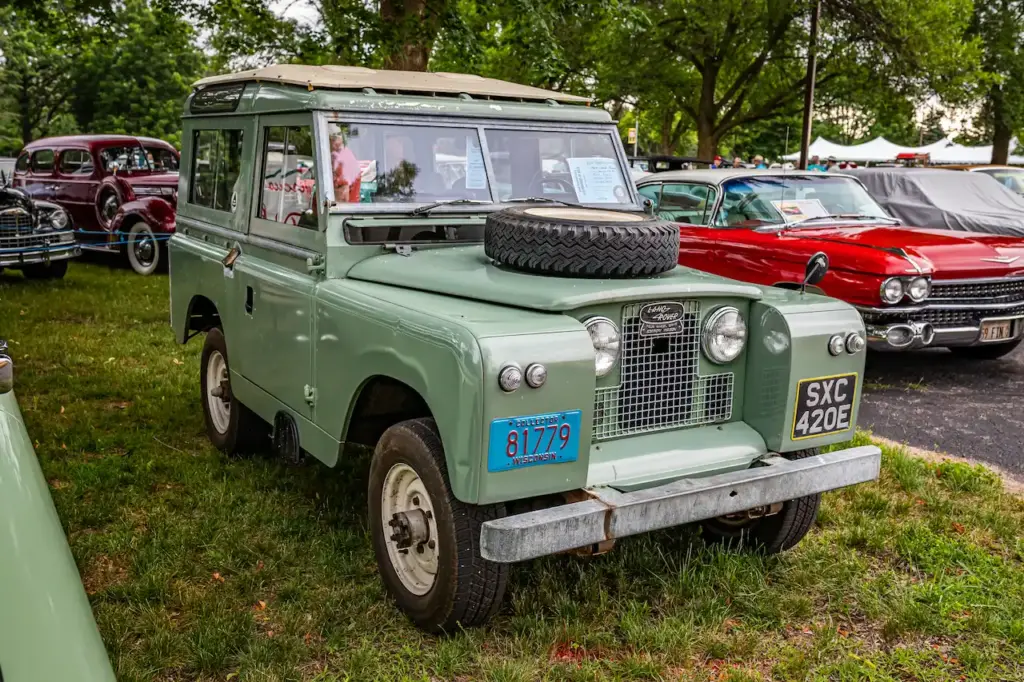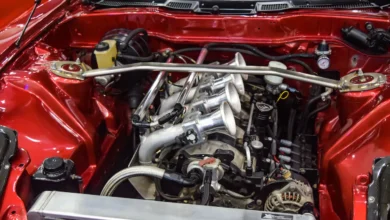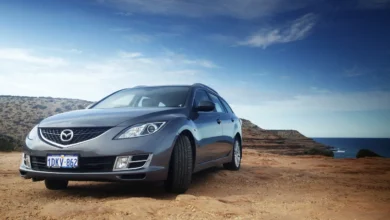The History of Land Rover in Australia
The First Land Rovers in Australia
The History of Land Rover in Australia began in October 1949, when the first Land Rovers were delivered to Australia. It was the perfect timing. In July of that year, the Australian government passed the Snowy Mountains Hydro-Electric Power Act. On 17 October, the massive public infrastructure project began. Land Rovers proved themselves in difficult conditions, including the rugged terrain and steep slopes of the Alps. They cemented the reputation they had earned as a tough, no-frills off-road vehicle.
Land Rovers quickly established themselves as workhorses in the rugged terrain of the Snowy Mountains. The Land Rovers navigated rough tracks, climbed steep slopes and endured harsh weather with incredible durability and resilience. Land Rovers proved their reliability and capabilities as they helped engineers, surveyors, and workers complete their arduous jobs across the remote Australian Alps.
Land Rovers were synonymous with toughness, reliability and versatility in the Australian Outback as the Snowy Mountains Project progressed. These vehicles were more than just vehicles. They were essential companions for conquering Australia’s vast and treacherous wilderness. Land Rover was able to cement its reputation as a reliable partner for Australia’s agricultural and industrial sectors during this period and lay the foundations for a legacy of exploration and adventure in the Land Down Under.
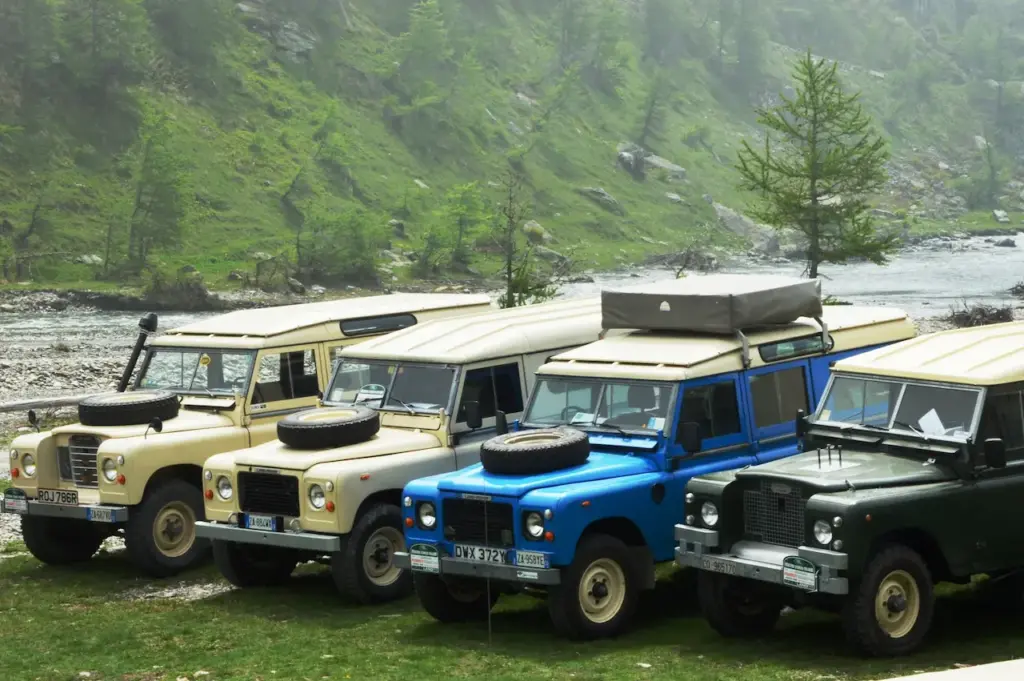
The History of Land Rover
Rover began in 1937 when Maurice and Spencer Wilks created an original design sketched out on a Welsh beach by their son Maurice Wilks for what became an enduring classic 4WD vehicle.
Considerations should be given to the conditions under which Wilks Brothers were operating. The Second World War had not yet ended, demand for Rover’s upmarket sedans had decreased considerably and basic materials were subject to government rationing.
Maurice Wilks was an engineer who owned an army surplus Jeep on his Anglesey farm and was fascinated with its basic combination of utility and versatility that didn’t resemble that of a tractor. With the support of Spencer Wilks Rover’s managing Director, they discussed creating something similar to new models that were developed.
Land Rover has a reputation in the automotive market for producing iconic SUVs and models with 4WD. The Land Rover brand began its journey in 1948 at the Amsterdam Motor Show. Maurice Wilkes was an engineer from Rover Company who designed the car that was displayed at the motor show. Land Rover was an instant success after the design of the car was praised by consumers. Land Rover, despite being launched in 1949, was not named until 1978.
Over the years, Land Rover has expanded its range in Australia to cater to various customer needs. Land Rover has maintained its strong presence both in urban and rural areas. From the Defender series, known for its ruggedness, to the luxurious Range Rover, offering comfort and advanced technology, Land Rover maintains a strong position.
Today, Land Rover is committed to sustainability and continues to develop new models and technologies, including hybrids and electric vehicles. This reflects its commitment to meeting the evolving preferences of consumers in Australia and around the world.
The Land Rover’s Series
Land Rover’s success continued to grow. It won countless contracts from armies, governments and farmers.
Land Rover’s simple Series II debuted in 1958. The original Land Rover was renamed ‘Series I” from this point. Series II is notable for its introduction of the basic shape and dimensions along with the hipline. These elements collectively defined Land Rover’s look for the future.
The Series II engine was also a long-used and heavily-abused 2.25-litre petrol motor, delivering 57kW of power at 4250rpm with 168Nm available at 2500rpm. Series IIA was introduced in 1961 with minor visual and mechanical changes until 1971. It didn’t slow down the growth of the brand.
Then came Series III Land Rover. The dashboard was made of steel but was updated with soft moulded plastics. The mechanical setup was the same: a 2,25-litre petrol engine or diesel, paired with a 4-speed gearbox, and a 2-speed transfer case. Live axles, leaf-springs, short or long wheelbases, tin top or canvas, station wagon or truck cab.
Land Rover underwent a lot of changes in 1979. The Series III was produced in a limited number of vehicles, known as Stage One. The middle child in the development process retained leaf springs but had a new driveline. The 3.5-litre petrol V8 engine, a full-time 4WD system, was borrowed from the Range Rover.
Land Rover Series I (1948 to 1958)
Land Rover Series I was an iconic British four-wheel drive vehicle produced by Rover Company between 1948 and 1958. The Land Rover Series I was the first Land Rover model and was designed originally for agricultural and light industrial purposes, as well as for military use. Here are the key features and characteristics that make up the Series I.

Land Rover Series IIA (1961 to 1972)
Land Rover Series III (1971 to 1985)
The Land Rover Series III made its debut in 1971. As the last generation of original Land Rover built before being rebranded as Defender, this variant featured upgrades designed to increase passenger comfort; yet remain an incredible off-road vehicle. Production ended for Series III Land Rovers in 1985.
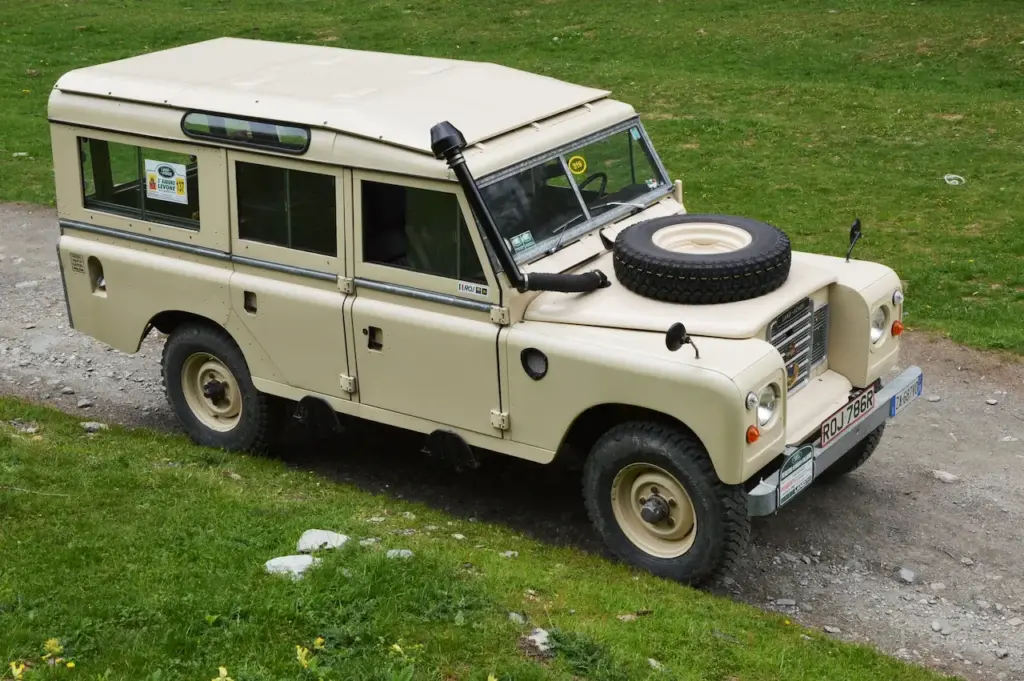
In 1983, coil springs were moved under the chassis rails and the range was renamed the Ninety (to denote their respective wheelbases). Radius arm front suspension and Panhard rods rear suspension are also coil springs. The Range Rover debuted this setup in 1970. It was then copied by every 4WD with a live axle, including the Nissan Patrol and Toyota Land Cruiser. The vehicle was comfortable and robust on the road, as well as capable off-road.
Land Rover vehicles have earned themselves a great deal of praise during their use by the Australian Army, earning it a reputation for ruggedness and dependability across different terrains on the continent. Their incorporation into Series II, III and IV vehicles was a significant milestone in operational capabilities as technology advanced. Series III vehicles with six-cylinder, 2.6-litre petrol engines further increased performance; supporting missions that required endurance as well as agility. As technology changes continue apace so too does Australian Defence Force fleet expansion while honouring longstanding partnerships and continually updating the vehicles fleet.
Land Rover’s Evolution
Land Rover’s evolution has been dramatic. From humble utilitarian origins to a symbol of innovation and luxury in the SUV industry, Land Rover is a product that has evolved. Land Rover is synonymous with off-road capabilities and luxurious features. The Range Rover, which was introduced in the 1970s, set new standards for ruggedness but refinement. Later models such as Discovery further expanded Land Rover’s appeal due to its mix of versatility.
Land Rover’s legendary off-road ability continues to be a popular characteristic among both enthusiasts and customers. Several submodels cater to consumers who want uncompromised luxury and robust off-road capabilities, regardless of lifestyle or consumer type. Land Rover is committed to maintaining its trademark off-road capability, even as innovation and luxury have expanded beyond Land Rover
The absence of the Defender model was notable amongst modernized SUVs. Its discontinuation has left fans feeling bereft.
Land Rover hasn’t forgotten its roots or compromised on its off-road expertise, which led to a recent revival of interest in the Defender model. The new iteration features iconic design cues, while also offering contemporary technology and comfort options demanded by today’s market. It is a goal to combine the adventure and capability of its predecessor with a new generation that values luxury and authenticity.
Land Rover has made a remarkable journey from its humble beginnings as a basic utility vehicle to where it is today, a luxury SUV leader. Innovation, adaptation and steadfast commitment to tradition have marked the company’s progress. Land Rover is returning to its roots with the Defender, while also looking to the future. It will set standards for luxury and off-road capabilities in years to come. The Land Rover brand is defined by its iconic Defender and Range Rover vehicles, which are both capable of taking on rough terrain.

